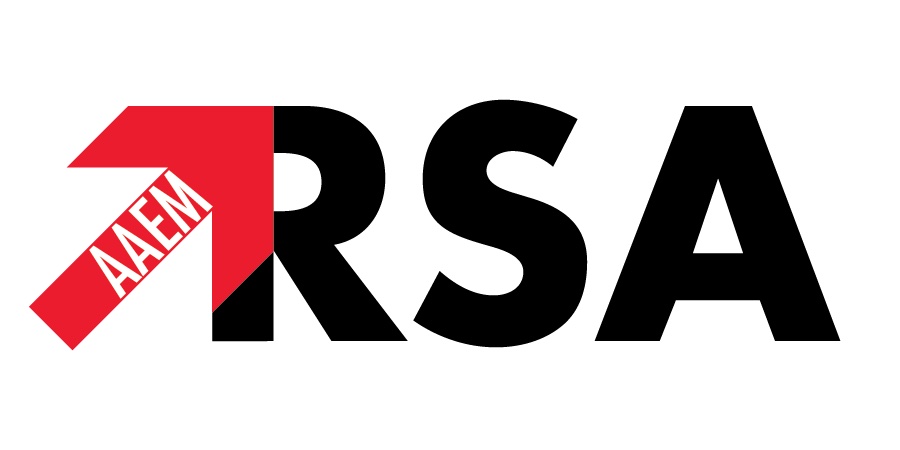 |
| Image credit: Pixabay |
 |
| This post was peer reviewed. Click to learn more. |
Loyola Stritch School of Medicine
AAEM/RSA Social Media Committee
For emergency medicine (EM)-bound third-year medical students, exciting times are quickly approaching, including starting to think about your away rotations. Away rotations are a crucial component of an EM application, as studies consistently note that the away Standardized Letter of Evaluation (SLOE) and grade have the highest values in selecting prospective EM residents.1 One year ago, my fellow EM-bound classmates and I began to have similar questions around away rotations: primarily, how many and where? I’d like to pass along notable conclusions from recent studies around this topic as well as some advice I received from mentors that helped me along the way.
How Many?
As far as how many rotations to do, the general approach is to do your home rotation plus one or two away rotations. Your home rotation as well as what you are looking for in a program will ultimately guide one versus two. If your home rotation has a residency program, many program directors (PDs) remark it is perfectly fine to do just one away. In fact, a study found that when a cohort of PDs were surveyed anonymously, 80% require only one EM rotation (in general, home or away) to grant an interview and none require more than two.2 If your home rotation does not have a residency program, you’re looking to match in a particular geographic area, or you’re looking to see how you function in different types of programs (county vs academic vs community) it may be beneficial to do two. Doing more than two, unless for certain individualized situations, may not offer additional benefit and can impede on time that can be spent rounding out your medical education with electives that cultivate skills important for any EM-bound applicant such as anesthesia, critical care, radiology, etc. Additionally, while away rotations are an exciting time where you’re meeting new people, doing new procedures, and experiencing new cities, you are also working incredibly hard. Thus, doing additional rotations can be both exhausting and expensive. Interviewing EM applicants that were surveyed on the costs of completing one away rotation cited an average of $1065, so you may be spending significantly more money with little return on investment.3
Where?
So, how do you choose where to rotate? There are a few different approaches and below are some that I came across throughout the process. Discuss with your advisor and pick whichever fits your situation best!
Mix It Up
It is still early in the process, so how are you supposed to know what type of program you’re interested in? Away rotations are an incredible time to experience how emergency medicine is practiced in different settings by immersing yourself in that practice for a whole month, ultimately findings what fits best with you. The primary different programs that exist are county, academic, and community, as well as hybrids (an academic center that serves a county-type patient population or community program with strong academics). Additionally, give thought to if you want to be urban, suburban, or rural. You can use your away rotations as an opportunity to mix up the types of programs you’re seeing, step out of your comfort zone, and see how you function in them.
I wasn’t sure what I wanted yet, so I chose to make each of my rotations different than the other. This was one of the best pieces of advice I received from an advisor, because I left my rotations with a greater perspective of the wide breadth of practice styles and patient populations that exist in EM, as well as a greater sense of what was important to me in a program heading into interview season. I’ve also found that on the interview trail, you will often be asked to compare different EM rotations you did, so mixing it up allows you to discuss your EM experience from different angles after experiencing it first-hand.
Location, Location, Location
If you are looking to be in a new city for residency or looking to go back to your native city, try to do an away rotation in that city. This not only shows the programs that you’re interested in that geographic area but it also gives you a chance to experience the realities of living in that city or reunite with family while you’re out there.
Really Interested in X program
Are you dead-set on a county program? Or academic? Or is there one program you’ve seen stellar attendings come out of and are really interested in? You can use your away rotations to put yourself in front of those programs and check them out.
Ultimately, these are just pointers to get the conversation started. Be sure to meet with an advisor and/or upperclassmen to discuss on an individual basis. Nonetheless, this is a VERY exciting time, so enjoy it and have fun!
References
- Negaard, Assimacopoulous, Harland, Van Heukelom, et al. Emergency Medicine Residency Selection Criteria: An Update and Comparison. AEM Educ Train. 2018. Mar 22;2(2):146-153.
- King K., Kass D. What Do They Want from Us? A Survey of EM Program Directors on EM Applications Criteria. West J Emerg Med. 2017 Jan; 18 (1): 126-128.
- Blackshaw AM, Watscon SC, Bush JS, The Cost and Burden of Residency Match in Emergency Medicine. West J Emerg Med. 2017 Jan; 18 (1): 169-173.
